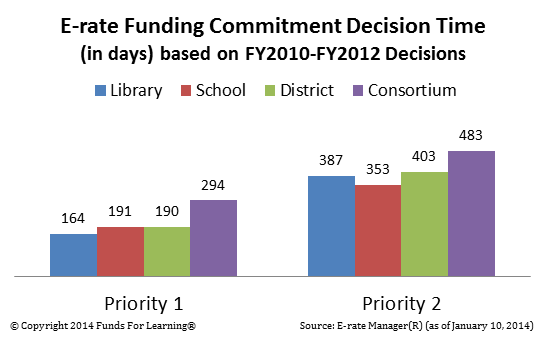Imagine for a moment that your family needs a new car. Your two-door coupe with no backseat is not cutting it any longer and it is time to invest in a minivan or SUV.
You start on January 9 by researching available choices that fit your budget. You gather online reviews and begin carefully considering your options. By February, you have refined your list and you begin to test-drive a handful of vehicles. Finally, in March, you have narrowed it down to three models. You proceed to get price quotes for each vehicle from different dealerships in town. At last, the big day comes and you make your decision. Well done! This is an important step.
On March 26, you contact your local bank to arrange financing for your vehicle of choice… and then you wait… for a very long time.
- If you chose to purchase a minivan, the bank might call you back on October 4.
- If you chose to purchase an SUV, the bank might call you back on March 18, of next year.
Can you imagine waiting 6 or even 12 months to hear back from the bank to purchase a car? What would you do in the interim? Could you live with the car that you have? What if your current car needs new tires? Should you go ahead and sink more money into the old car while you wait to hear from the bank?
#####
If you have been doing E-rate applications for any amount of time, you won’t have any problem imagining this scenario because this is precisely what the FCC’s current E-rate application process produces: long wait times that make it nearly impossible to plan and budget effectively.
Our recent analysis showed that applicants wait an average of 6 to 12 months to hear back about their E-rate funding application. Why is there such a big range? What can cause such a big variance? The biggest source of delays is the FCC’s antiquated “priority” system, which forces applicants to define their services based on 1990-era definitions of technology. USAC then spends countless weeks (and months!) categorizing and re-categorizing these requests to fall within the FCC’s definitions. To make matters worse, USAC must pay for Priority 1 funding requests, such as high-speed data lines, at wealthy schools before it can release any funds to poorer schools for Priority 2 services (e.g. Wi-Fi Internet access.)

(The next biggest predictor of decision timing is the applicant type. Consortium applications take over 50% longer to process, no doubt because of the additional regulations and requirements associated with these applications.)
As a result of all this, applicants spend a lot of time waiting to hear back about their applications. For example, as of today, 297 days have passed since the FY2013 filing window closed; yet, not a single Priority 2 application submitted last year has been funded. This is not the fault of USAC. This is a direct result of the FCC’s current E-rate regulations.
#####
There is a better way to prioritize applications that produces faster funding decisions, encourages cost-effective purchasing, and provides protection for small and rural applicants. Funds For Learning is a longtime advocate for increasing the E-rate fund and for making changes that produce these types of results. (Here is a recap of our 2013 advocacy efforts.)
In the future, we hope to see funding decisions released more quickly, with greater predictability and flexibility for applicants. The E-rate 2.0 proposal that we have submitted to the FCC maintains the current E-rate discount matrix and eligible services list, but eliminates the FCC Priority rules, replacing them with a new system. This system would allow applicants, particularly rural and poor applicants, to establish their own funding priorities and to receive funding commitment decisions much faster than they currently do.
#####
12 months is too long to wait for a decision to finance a car and it should not be an acceptable amount of time for E-rate funding decisions either. It is time to trade-in the FCC priority rules for a new framework that makes more sense.
